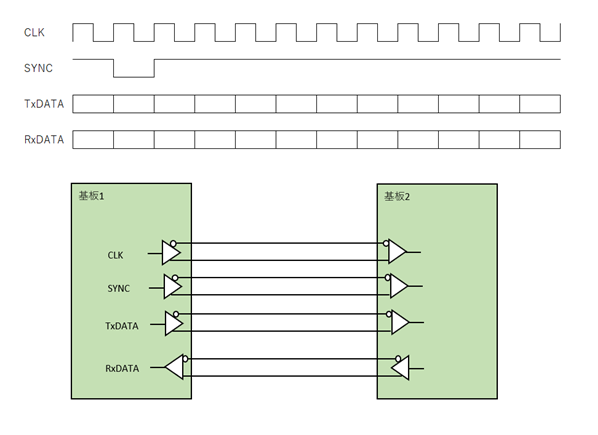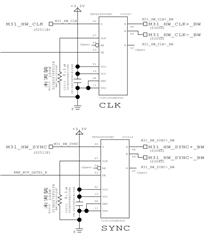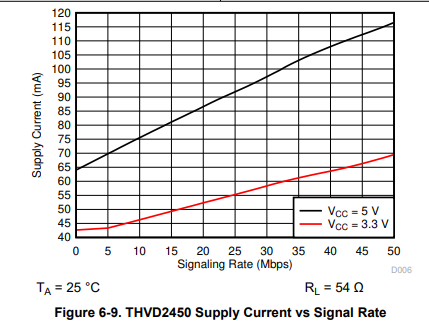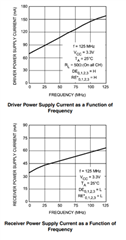Other Parts Discussed in Thread: , DS90LV028A, DS90LV027, DS90LV012A, DS90LV011A, DSLVDS1001, DS91M040, DS92LV040A
Hi Team
My customer reported high power consumption with THVD2450.
According to datasheet calculation, RS485 load and 20MHz application they got a result of 325[mW] power consumption, which is the result from driver/receiver loopback at duty cycle 50%.
The customer's application shown as below, with 1MHz of clock frequency. Tx and Rx are similar to RS422 and are used for 1 to multiple boards.
They calculated the power consumption here for 16 of the following schematics on 1 single board and the result was over 60W power consumption.
Is this calculation mistaken or is it close to the real case? If it's close to the real case, any idea how to decrease this power consumption?

Regards





